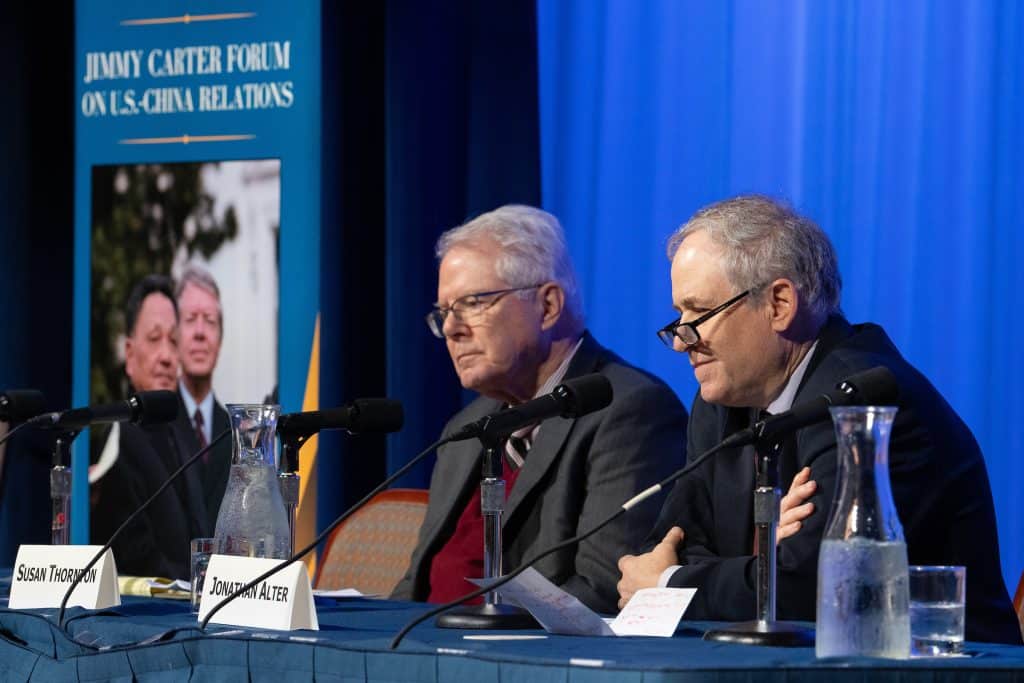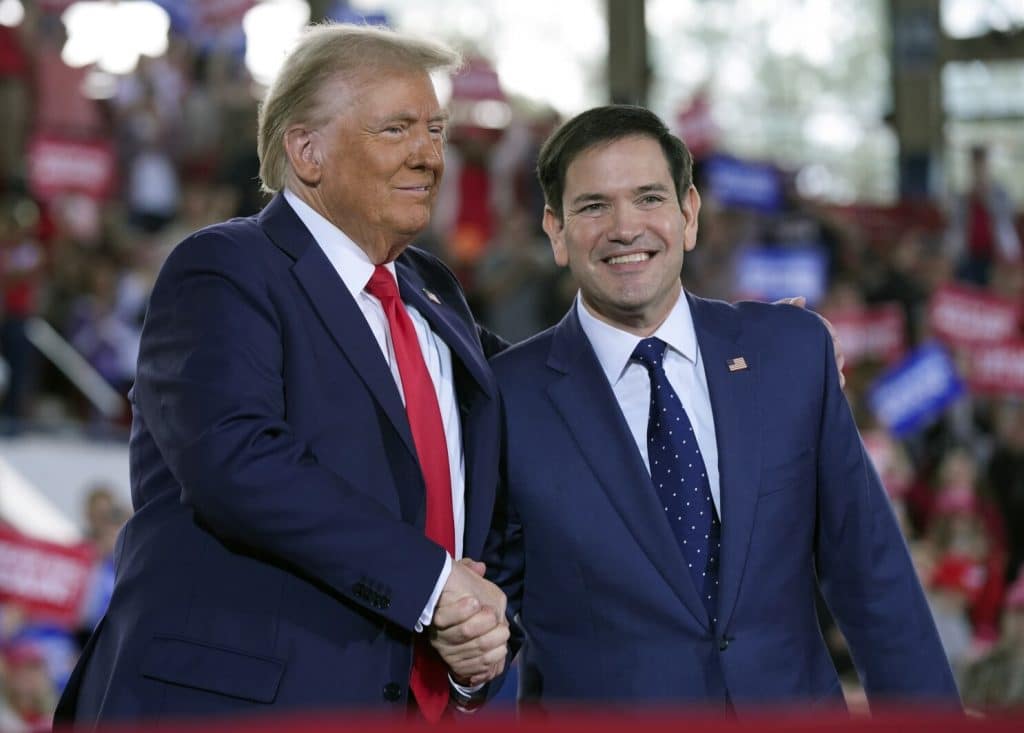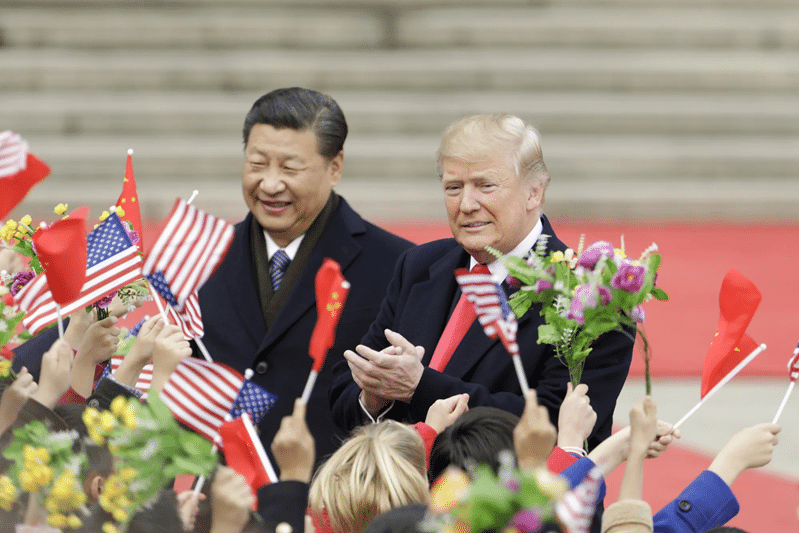克里:中美终于开始携手应对气候危机
作者:约翰·克里 来源:纽约时报中文网
北京——目前,美国和中国是全世界最大的两个经济体,同时也是全世界最大的两个能源消耗国和温室气体排放国。我们两个国家的排放量,约占全世界的40%。
我们需要携手解决这个问题,因为美国和中国均无法独自解决。即便美国通过某种方式,完全消除了本国的温室气体排放,也不足以抵消来自中国和世界其他地方的碳污染。同样,如果美国和世界其他地区不改变方向,即使中国削减至零排放,也不足以扭转事态。
这就是我们面对的现实。正因为如此,构成全世界最重要的双边关系的美中两国,刚刚做出了一项对于抗击气候变化有重要影响的行动。
今天,奥巴马总统和习近平主席联合宣布了2020年以后的碳减排目标。通过一道在距国际社会设定的最后期限尚早时采取这一行动,我们鼓励其他国家尽快提出大胆的减排目标,并克服传统分歧,以便我们能在2015年达成一项有力的全球气候协议。
全球气候谈判将于不到三周后在秘鲁利马恢复,并将于明年在巴黎落幕。我们的声明可以给谈判注入动力。两国首脑在各自的国家采取有魄力的行动,并携手扫清巴黎峰会前方的障碍,这样的承诺,传达出了一个重要的信号,即我们必须达成这项协议,我们有能力并且也的确会达成这样一份协议。
这也是美中关系史上的一座里程碑,它是两国共同努力的结果,这番努力始于国务委员杨洁篪和我在去年在北京启动的美中气候变化工作组(United States-China Climate Change Working Group)。我们之所以做出这番努力,不仅是因为对气候变化的影响存在共同的担忧,也是因为相信作为全世界最大的经济体、能源消耗国和碳排放国,有义务先行一步。
目标本身也颇为重要。两国一起大胆地采取行动,是构建对抗气候变化所需的低碳全球经济的基础。美国计划在2025年前,让温室气体净排放量在2005年的水平上减少26%至28%。这是一个大胆但可行的目标。与2005年到2020年这个时间段相比,2020年到2025年的碳减排速度大约翻了一番。随着减排量在2050年前达到80%的水平,我们将走上经济转型的道路。这个目标的依据,是对各经济领域的减排潜力开展的大量分析。它还会在健康、清洁空气和能源安全方面产生额外的收益。
我们的目标基于奥巴马总统在2009年设定的宏伟目标——在2020年前将碳排放量从2005年的水平上大约减少17%。我们正在朝这个目标迈进,同时也在蓬勃发展的清洁能源领域的帮助下,创造就业,发展经济。自奥巴马总统执政以来,风能发电量增加了两倍,太阳能发电量则提高了一个数量级。今年夏季,美国国家环境保护局(Environmental Protection Agency)提出了首个适用于现有发电厂的碳排放标准,发电厂的碳排放量占美国碳排放总量的三分之一。
中国的目标也代表着一个重大进步。中国首次宣布,中国的碳排放总量将从2030年左右开始下降,并承诺争取早日实现这一目标。这非常重要,因为在过去15年中,中国在全世界二氧化碳排放增量中占了大约60%。鉴于习近平主席做出了调整经济结构、大幅减少空气污染、发起能源革命的承诺,我们相信中国能够而且将会在2030年前使排放量达到峰值。
中国今天还宣布,将提高零排放能源(可再生能源及核能)在总能源消耗量中所占的份额,努力到2030年达到20%左右,这给世界各国的投资者和能源市场发出了一个强有力的信号,有助于加快全球向清洁能源经济转变的步伐。为了达到这个目标,中国需要在2030年前部署8000亿瓦至10000亿瓦核能、风能、太阳能及其他可再生能源发电的装机容量——数量巨大,大约相当于中国现有煤电厂的总发电能力,几乎相当于美国发电的总装机容量。
毫无疑问,我们都需要采取更多举措,推动全球经济的去碳化。但在气候外交方面,就像生活中一样,大家都需要从起点就全力以赴,这个突破就标志着一个崭新的起点。20年来,美中两国一直被视为气候谈判中两个对立阵营的领导者,但这两个国家现在开始一起寻找共同点,决心在应对前所未有的全球挑战方面取得持久的进展。我们要一道努力,让这成为走向更加繁荣、更加安全的世界的第一步。
约翰·克里(John Kerry)是美国国务卿。
翻译:陈亦亭、许欣
原文如下:
China, America and Our Warming Planet
John Kerry: Our Historic Agreement With China on Climate Change
By JOHN KERRYNOV. 11, 2014
BEIJING — The United States and China are the world’s two largest economies, two largest consumers of energy, and two largest emitters of greenhouse gases. Together we account for about 40 percent of the world’s emissions.
We need to solve this problem together because neither one of us can solve it alone. Even if the United States somehow eliminated all of our domestic greenhouse gas emissions, it still wouldn’t be enough to counteract the carbon pollution coming from China and the rest of the world. Likewise, even if China went down to zero emissions, it wouldn’t make enough of a difference if the United States and the rest of the world didn’t change direction.
That’s the reality of what we’re up against. That’s why it matters that the world’s most consequential relationship has just produced something of great consequence in the fight against climate change.
Today, President Obama and Chinese President Xi Jinping are jointly announcing targets to reduce carbon emissions in the post-2020 period. By doing this – together, and well before the deadline established by the international community – we are encouraging other countries to put forward their own ambitious emissions reduction targets soon and to overcome traditional divisions so we can conclude a strong global climate agreement in 2015.
Our announcement can inject momentum into the global climate negotiations, which resume in less than three weeks in Lima, Peru, and culminate next year in Paris. The commitment of both presidents to take ambitious action in our own countries, and work closely to remove obstacles on the road to Paris, sends an important signal that we must get this agreement done, that we can get it done, and that we will get it done.
This is also a milestone in the United States-China relationship, the outcome of a concerted effort that began last year in Beijing, when State CouncilorYang Jiechi and I started the United States-China Climate Change Working Group. It was an effort inspired not just by our shared concern about the impact of climate change, but by our belief that the world’s largest economies, energy consumers and carbon emitters have a responsibility to lead.
The targets themselves are also important. Ambitious action by our countries together is the foundation to build the low-carbon global economy needed to combat climate change. The United States intends to reduce net greenhouse gas emissions by 26 to 28 percent below 2005 levels by 2025 – a target that is both ambitious and feasible. It roughly doubles the pace of carbon reductions in the period from 2020 to 2025 as compared to the period from 2005 to 2020. It puts us on a path to transform our economy, with emissions reductions on the order of 80 percent by 2050. It is grounded in an extensive analysis of the potential to reduce emissions in all sectors of our economy, with significant added benefits for health, clean air, and energy security.
Our target builds on the ambitious goal President Obama set in 2009 to cut emissions in the range of 17 percent below 2005 levels by 2020. We are on track to meet that goal, while creating jobs and growing the economy, with the help of a burgeoning clean energy sector. Since the president took office,wind energy production has tripled and solar energy has increased by a factor of ten. This summer, the Environmental Protection Agency proposedthe first carbon pollution standards for existing power plants, which account for a third of United States carbon pollution.
The Chinese targets also represent a major advance. For the first time China is announcing a peak year for its carbon emissions – around 2030 – along with a commitment to try to reach the peak earlier. That matters because over the past 15 years, China has accounted for roughly 60 percent of the growth in carbon dioxide emissions world-wide. We are confident that China can and will reach peak emissions before 2030, in light of President Xi’s commitments to restructure the economy, dramatically reduce air pollution and stimulate an energy revolution.
China is also announcing today that it would expand the share of total energy consumption coming from zero-emission sources (renewable andnuclear energy) to around 20 percent by 2030, sending a powerful signal to investors and energy markets around the world and helping accelerate the global transition to clean-energy economies. To meet its goal, China will need to deploy an additional 800 to 1,000 gigawatts of nuclear, wind, solar and other renewable generation capacity by 2030 – an enormous amount, about the same as all the coal-fired power plants in China today, and nearly as much as the total electricity generation capacity of the United States.
There is no question that all of us will need to do more to push toward the de-carbonization of the global economy. But in climate diplomacy, as in life, you have to start at the beginning, and this breakthrough marks a fresh beginning. Two countries regarded for 20 years as the leaders of opposing camps in climate negotiations have come together to find common ground, determined to make lasting progress on an unprecedented global challenge. Let’s ensure that this is the first step toward a world that is more prosperous and more secure.
John Kerry is the secretary of state of the United States.
来源时间:2014/11/15 发布时间:2014/11/12
旧文章ID:648








